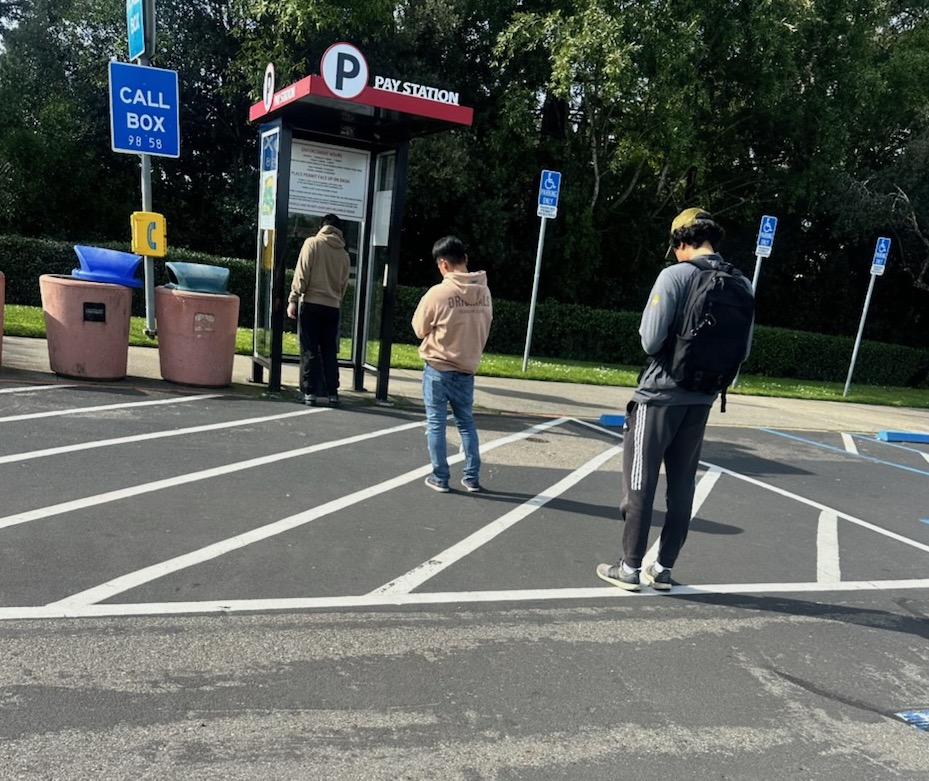A mass shooting in Connecticut, and a number of other public shootings in the past year, have spurred a national debate about gun control.
While Republicans and Democrats battle over armed weapons legislation, the issue of security for students in public schools remains relevant. At CSU East Bay, the assurance of an efficient and consistent emergency response system to safeguard and inform students, faculty and administrators of an impending threat is questionable.
The standard requirement for a California university is to adopt a mandated security plan and have an emergency alert system in place, according to CSU law. The official security plan at CSUEB is the Emergency Operations Plan. The EOP establishes the policies, procedures and organizational structure to respond to emergencies and threats, states CSUEB’s website.
The alert system that CSUEB adopted is known as AlertMe, a text messaging system that informs campus citizens about emergencies or instructions on how to respond to a crisis. Both resources are outdated and overlooked and there is no delegated administrator that is officially responsible for maintaining the policies of the plan.
According to the guidelines, the university police chief must annually update the plan, receive approval from the vice president, then be published and delivered. The most recent revision of the plan on file is dated September 30, 2010 and can only be found on the CSUEB university police website.
As for publication and delivery, a physical copy of the plan has failed to make its way to the general population of students and staff.
In the office of Associated Students, Inc., the receptionist, Jennifer Cueva, did not know about any Emergency Operations plan, but offered a 15-year-old booklet titled, “CSU Hayward Emergency Handbook,” which should have been replaced by a published version of the most recent EOP.
In accordance to the EOP, safety training and education is invaluable in minimizing casualties in the face of an emergency. For plan designations, the University Police Chief is responsible for the training of new and existing CSUEB personnel. The recorded attendance of employees who completed security training must be recorded with class rosters or certificates that should be kept on file for seven years.
Neelofar Ansari, a recent hire at Campus Faculty Support Services, was not required to attend any tangible trainings or security orientations, but vaguely remembers an online exam.
“I know I took some kind of a safety exam or something online,” she recalls.
Currently, there is no university police chief to be held accountable for the training. James Hodges was the interim police chief until he left the post a month ago due to family obligations. He has since been appointed as Commander for the Emergency Operation Center and was the responding spokesperson for campus security.
“There is a national search for a new chief,” Hodges says. Approximately 15 to 20 applicants are being reviewed for the position and they expect to fill it by mid-February, according to Hodges.
With a vacancy in the police chief post, the EOP protocol relies on a designated police sergeant to respond to security inquiries and act as the Emergency Preparedness Coordinator, according to university law. At the university police department the staff on duty referred to Sergeant Kevin Gonzales, but Gonzales was not available and no one was delegated as his replacement during his absence. He is required to manage campus wide preparedness activities on a daily basis.
AlertMe is supposed to work in conjunction with the EOP. As such, it is a crucial format that can provide real-time instructions about emergency response activities and updated news about an evolving disaster.
To have access to AlertMe, a person must log into the CSUEB website and register a phone number or email, a process that takes less than five minutes. Considering the significance of an effective communication tool, registration for AlertMe is not mandatory for faculty or staff.
As for students, the CSUEB campus has relatively few signs or posters calling attention to registration for AlertMe, compared to marketing efforts for Bay Card registration.
Graduating senior Anastasia Beaverhousen never heard of AlertMe and says she has never received any literature about it.
Commander Hodges stated that AlertMe is currently being reviewed for improvements. Also, the university is working on getting it linked to social media sites such as Facebook and Twitter but there was no mention about making registration a priority.
Commander Hodges addressed the gaps in campus security, the void in the police chief’s position, the commitment to training and the need to renew AlertMe. He is currently working on developing drills and evacuation techniques for training and education.
He also acknowledges that the current Emergency Operations Plan needs updates and revisions.
“We are working on the emergency plan and need to get an updated version up,” Hodges admits.
With homework, exams and deadlines on the forefront of students’ minds, campus security is an issue some naively assume is in place. Lola Levi is a transfer student thinking about attending Cal State East Bay who is also considering San Francisco State and San Jose State.
“I just trust that everything will be okay. It’s a leap of faith, I guess,” she says.
In her hands is her CSUEB acceptance package that contains no literature or information about campus security or safety procedures, where to access such information, nor is there any information or instructions on how to register for AlertMe.













